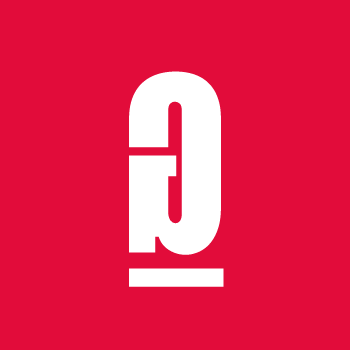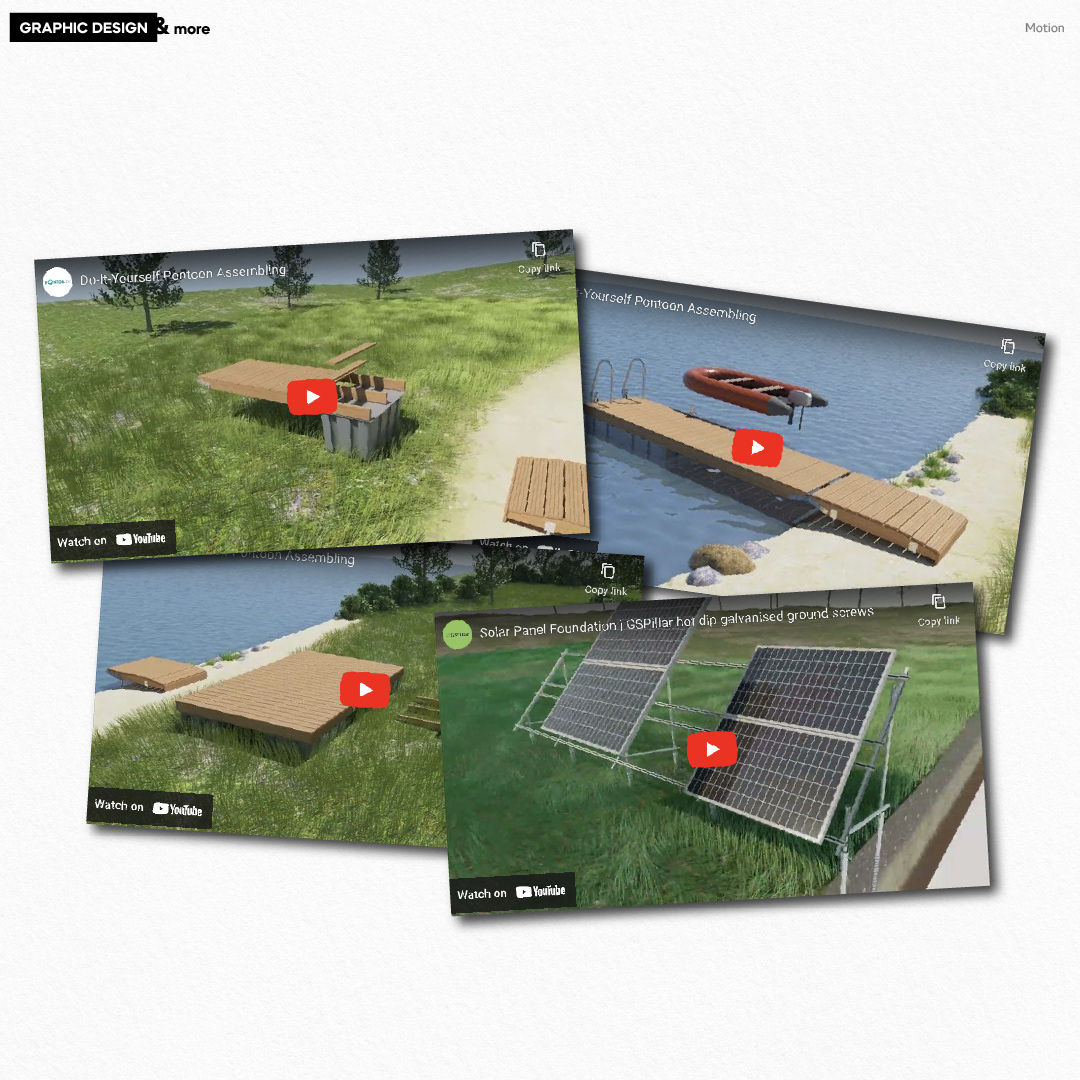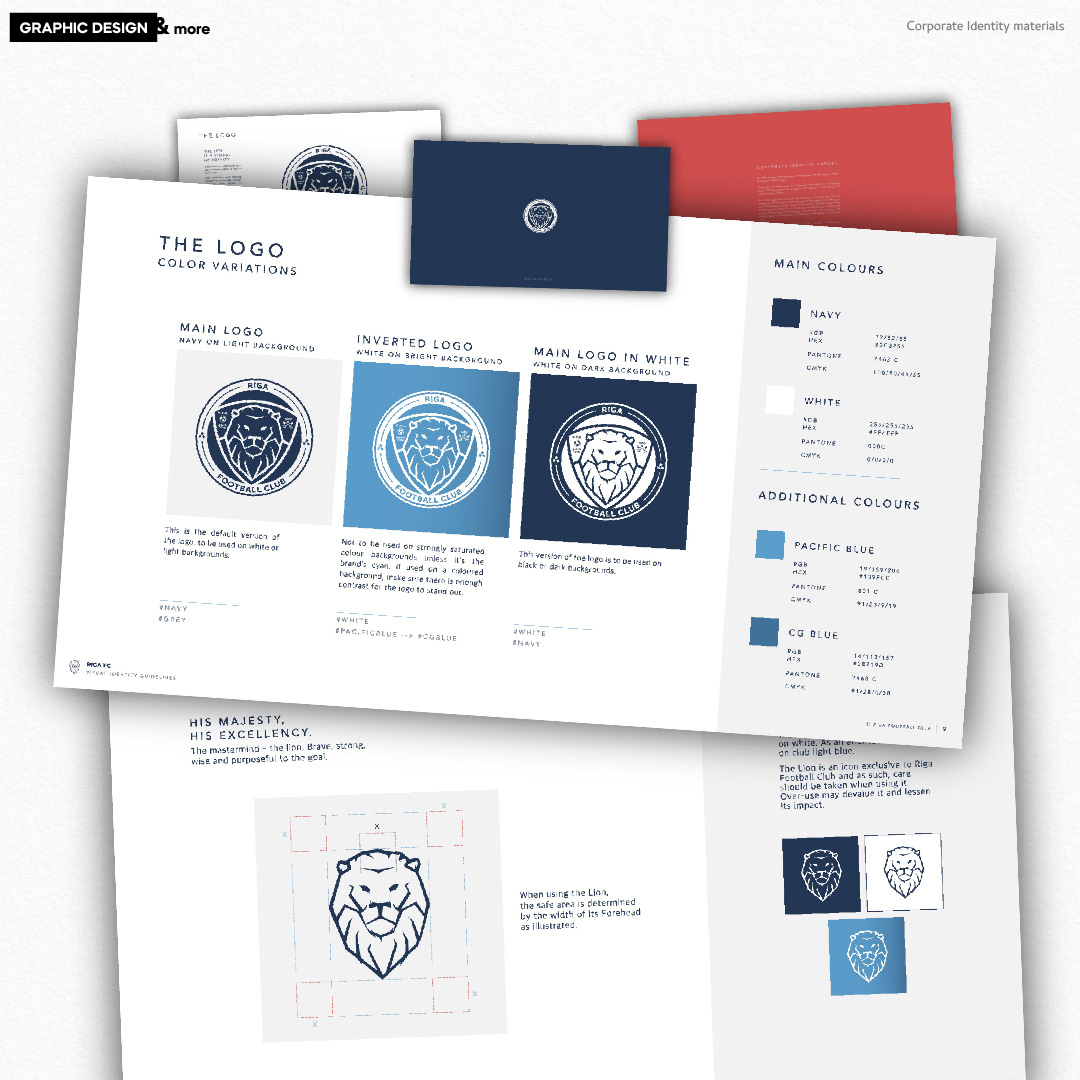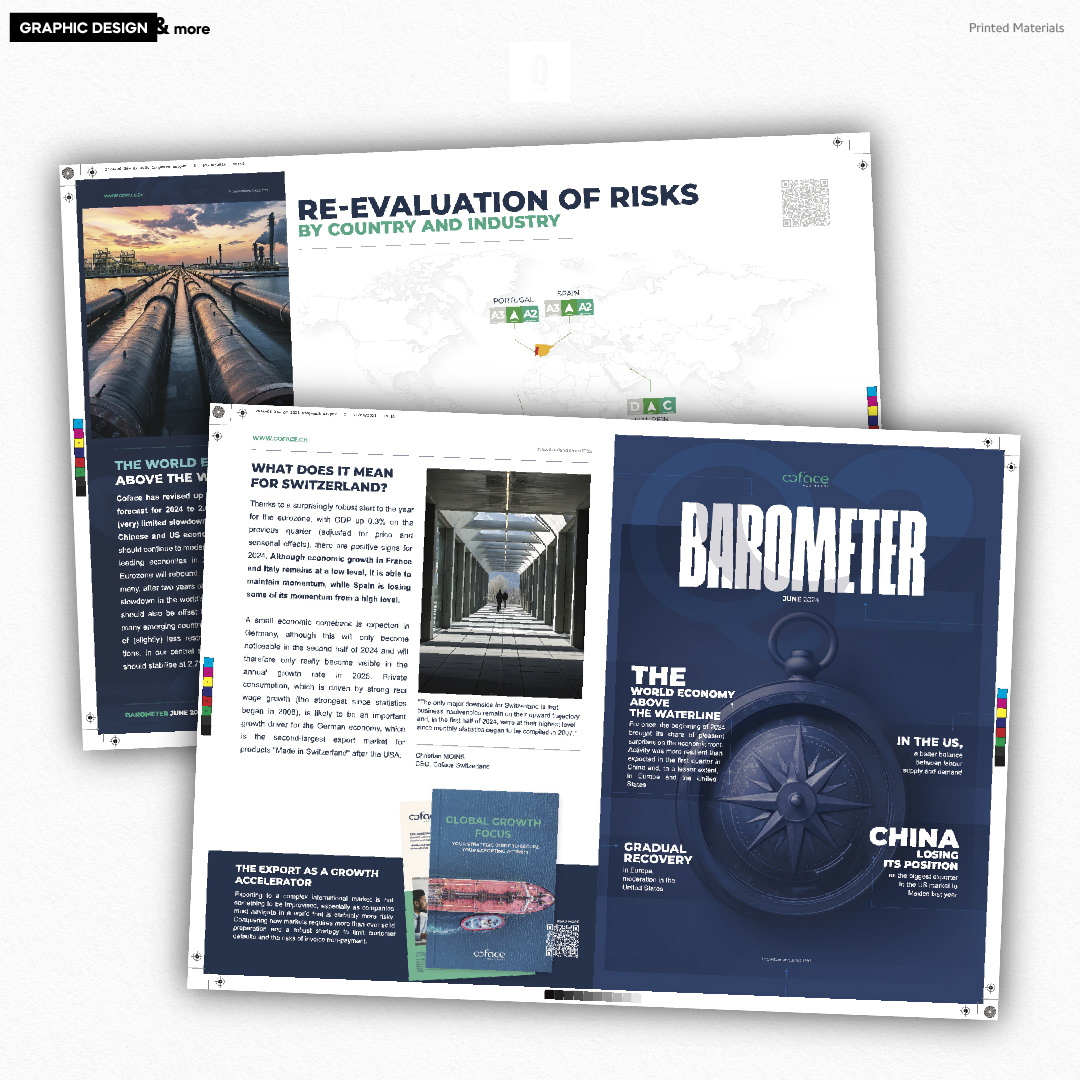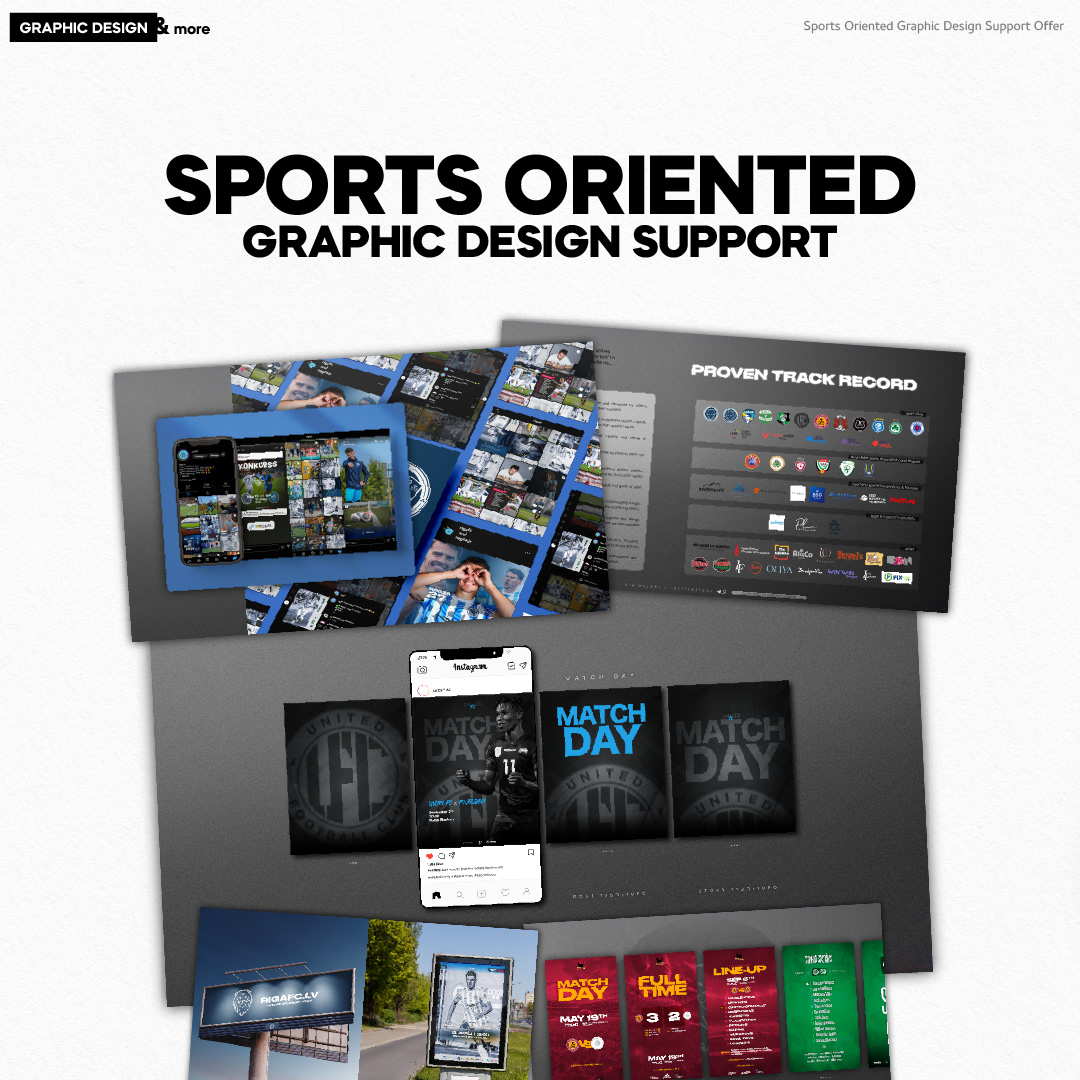Catalog design plays a crucial role in attracting and retaining consumer interest. Effective design combines visual appeal and functionality, ensuring ease of navigation and comfortable perception of information. Important elements include a harmonious color palette, high-quality product images, clear fonts, and a logical section structure. It's also essential to consider brand standards so that the catalog reflects the corporate style and helps to strengthen the brand. Successful design not only informs but also inspires the customer, increasing the likelihood of a purchase.
When designing technical details, it is important to ensure the accuracy and informativeness of the presented information. Technical diagrams, charts, and drawings must be highly detailed so that the user can easily understand and interpret the data. The use of clear lines, standardized symbols, and annotations enhances comprehension and minimizes the risk of errors. It is also important to consider scaling so that readability is maintained when images are enlarged or reduced. Additionally, including legends and explanatory notes helps users quickly navigate complex technical diagrams. Thus, the design of technical details should be as precise, clear, and user-friendly as possible.
Instruction design requires particular attention to clarity and sequence to ensure that users can easily understand and follow each step. Instructions should be logically structured, with clear and concise descriptions of each stage. Visual elements such as step-by-step illustrations, diagrams, and icons play a crucial role in enhancing the text and helping users better absorb the information. The use of numbering and bullet points helps organize the text and facilitates navigation. Fonts should be readable, and key points can be highlighted in bold or color. It is also important to consider the linguistic and cultural characteristics of the audience, ensuring the instructions are accessible to all users. Thus, the design of instructions should be intuitively understandable and aimed at providing the most effective user guidance.
Additionally, it's important to consider user interaction with the catalog across various devices. In the digital age, responsive design that ensures proper display and functionality on smartphones, tablets, and computers is a necessity. Interactive elements, such as links, pop-up windows with additional information, and the ability to filter products, significantly enhance usability. Integrating multimedia elements like video reviews and 3D product models can make the catalog even more appealing and informative. Thus, modern catalog design must be multifunctional, flexible, and user-oriented to meet the needs and expectations of today's audience.
Moreover, it's important to note that each catalog design is tailored specifically to the individual company. This customization ensures that the catalog aligns with the brand's identity, values, and marketing goals. Whether it's incorporating unique brand colors, fonts that resonate with the brand voice, or layouts that reflect the brand's personality, every detail is crafted to reinforce the brand image consistently across all marketing materials. By maintaining this cohesive visual identity, companies can strengthen their brand recognition and loyalty among customers. Additionally, considering the specific needs and preferences of the target audience ensures that the catalog design effectively communicates the company's offerings and resonates with its customers on a deeper level. Thus, bespoke catalog design not only enhances brand identity but also maximizes its impact in the competitive marketplace.
In conclusion, successful catalog design requires a comprehensive approach that considers both aesthetic and functional aspects. Key factors include a clear understanding of the target audience, a harmonious combination of visual and textual elements, and the use of modern technologies to enhance the user experience. Continuous analysis and adaptation based on user feedback help to refine the design and maintain its relevance. Thus, a catalog becomes not just a tool for showcasing products, but also a powerful means of boosting customer loyalty and driving sales, creating a positive brand impression and improving interaction with it.
Ready to solve your challenges?
Let’s talk!

